Home>diy>Building & Construction>What Is Mechanical Work In Construction
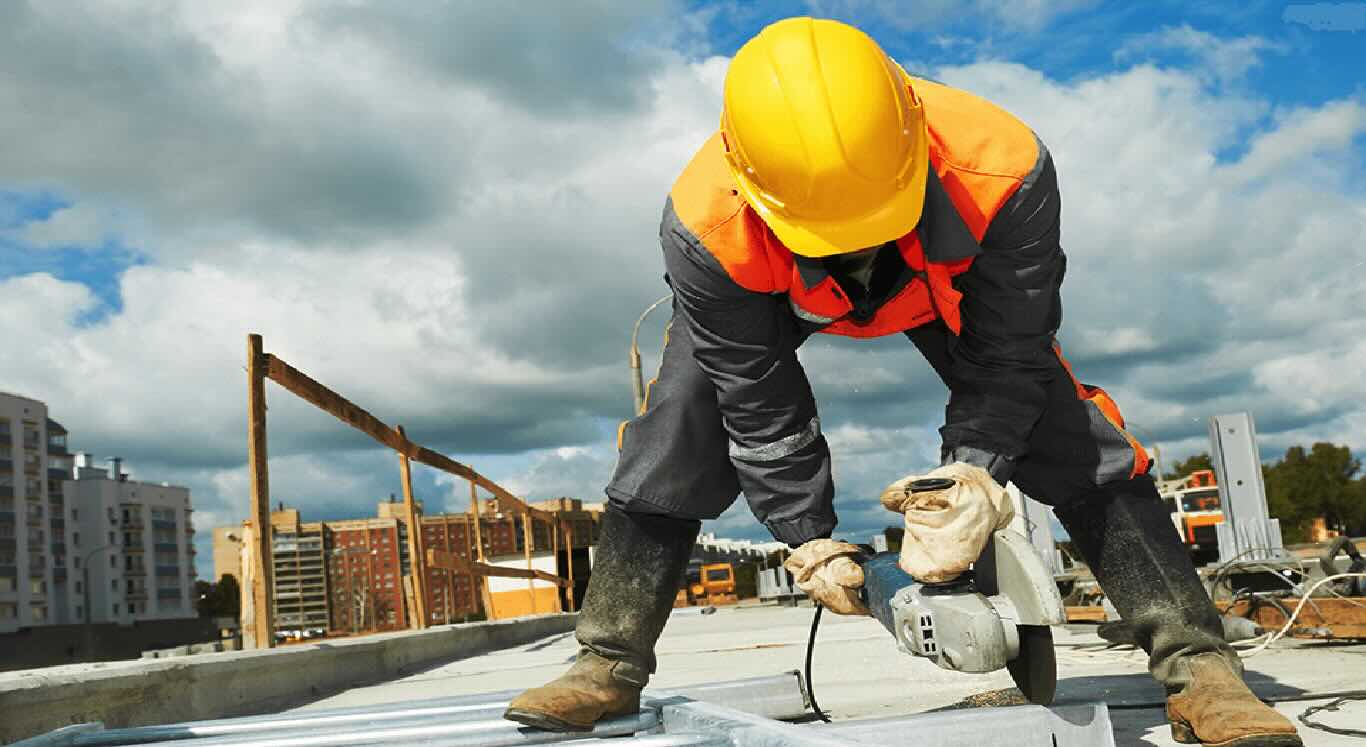

Building & Construction
What Is Mechanical Work In Construction
Modified: January 3, 2024
Learn about the concept of mechanical work in construction and how it contributes to the building process. Discover the importance of building construction and its impact.
(Many of the links in this article redirect to a specific reviewed product. Your purchase of these products through affiliate links helps to generate commission for Storables.com, at no extra cost. Learn more)
Introduction
Welcome to the world of construction, where every building and structure is a result of meticulous planning and skilled craftsmanship. When it comes to construction, the term “mechanical work” plays a vital role in ensuring the successful completion of projects. In this article, we will explore the concept of mechanical work in construction, its importance, the types of mechanical work involved, the equipment and tools used, the processes followed, safety precautions, challenges faced, and future trends in the industry.
Mechanical work in construction refers to the tasks that involve the installation, operation, and maintenance of mechanical systems within a building or structure. These systems include HVAC (Heating, Ventilation, and Air Conditioning), plumbing, electrical, fire protection, and elevator systems. Mechanical work is essential for creating a comfortable, functional, and safe environment for the occupants of a building.
The importance of mechanical work in construction cannot be overstated. It ensures that buildings are equipped with the necessary infrastructure to provide comfort, efficiency, and safety. HVAC systems regulate indoor temperature and air quality, plumbing systems provide water supply and drainage, electrical systems power the lighting and equipment, fire protection systems safeguard against emergencies, and elevators provide convenient vertical transportation. Without proper mechanical work, buildings would be uninhabitable and inefficient.
There are various types of mechanical work involved in construction. HVAC work includes the installation of heating and cooling units, ductwork, and ventilation systems. Plumbing work involves the installation of pipes, fixtures, and drainage systems. Electrical work includes the installation of wiring, outlets, switches, and lighting systems. Fire protection work focuses on installing alarms, sprinklers, and extinguishing systems. Elevator work encompasses the installation and maintenance of elevators and escalators.
Key Takeaways:
- Mechanical work in construction encompasses HVAC, plumbing, electrical, fire protection, and elevator systems, ensuring comfort, efficiency, and safety within buildings. Collaboration, safety, and adaptation to future trends are crucial for success.
- The future of mechanical work in construction is marked by green solutions, smart automation, IoT integration, BIM, energy optimization, AR/VR, prefabrication, and robotics. Embracing these trends leads to sustainable, efficient, and intelligent construction practices.
Read more: What Are Mechanicals In Construction
Definition of Mechanical Work in Construction
Mechanical work in construction refers to the tasks and processes involved in the installation, operation, and maintenance of mechanical systems within buildings and structures. These systems play a crucial role in creating comfortable, functional, and safe environments for the occupants.
When it comes to construction, mechanical work encompasses various disciplines, including heating, ventilation, and air conditioning (HVAC), plumbing, electrical, fire protection, and elevator systems. Each discipline has its own set of requirements and specialized skills, but all contribute to the overall functionality and efficiency of the building.
HVAC work involves the installation and maintenance of heating and cooling systems, ductwork, and ventilation systems. This ensures that buildings have a proper indoor climate control system, providing comfortable temperatures and ventilation for occupants.
Plumbing work focuses on the installation of water supply and drainage systems. It includes laying pipes, installing fixtures, and ensuring efficient water flow and waste removal throughout the building. Plumbing systems are crucial for providing clean water for daily activities and maintaining proper sanitation.
Electrical work encompasses the installation and maintenance of electrical infrastructure within a building. It includes wiring, outlets, switches, lighting systems, and other electrical components. Electrical systems provide power for lights, appliances, and equipment, ensuring functionality and safety.
Fire protection work is essential for ensuring the safety of occupants in case of emergencies. This includes the installation and maintenance of fire alarms, sprinklers, extinguishers, and other fire suppression systems. Fire protection systems are critical in detecting and controlling fires, minimizing damage and protecting lives.
Elevator work involves the installation, maintenance, and repair of elevators and escalators. Safety is of utmost importance in this discipline. Elevators provide convenient vertical transportation within buildings, ensuring accessibility for all individuals, including those with mobility issues.
The scope of mechanical work in construction also includes preventive maintenance and regular inspections to ensure the continued functioning and efficiency of these systems. Proper maintenance helps extend the lifespan of the mechanical systems, reduces the risk of breakdowns, and maximizes energy efficiency.
In summary, mechanical work in construction encompasses the installation, operation, and maintenance of mechanical systems that are essential for creating comfortable, functional, and safe environments within buildings. It requires a combination of specialized skills, knowledge, and experience to ensure that these systems are installed and maintained properly.
Importance of Mechanical Work in Construction
Mechanical work in construction plays a crucial role in ensuring the functionality, efficiency, and safety of buildings. It is an essential component that supports the overall construction process and contributes to the comfort and well-being of the occupants. Here are some key reasons why mechanical work is of utmost importance in construction:
- Comfort: Mechanical systems, such as HVAC, are responsible for controlling the indoor climate and temperature of a building. They provide heating during cold seasons and cooling during hot seasons, ensuring a comfortable environment for occupants to live, work, or engage in other activities. Adequate ventilation systems also help maintain optimal air quality, promoting better health and well-being.
- Efficiency: Mechanical work ensures optimal energy efficiency within buildings. HVAC systems, for example, are designed to minimize energy consumption while providing adequate heating and cooling. Well-designed plumbing systems reduce water waste, and efficient electrical systems minimize electricity usage. By implementing energy-efficient mechanical systems, construction projects can reduce their environmental impact and lower long-term operating costs for building owners.
- Safety: Fire protection systems are a critical component of mechanical work in construction. They help detect and control fires, providing occupants with valuable time to evacuate the building safely. Additionally, proper electrical installations and grounding systems minimize the risk of electrical accidents and shocks. Elevator maintenance and safety inspections ensure safe vertical transportation within buildings.
- Functionality: Mechanical systems enable essential functions within buildings. Plumbing systems provide clean water supply and efficient drainage for daily activities. Electrical systems power lights, appliances, and equipment. Elevators and escalators provide convenient vertical transportation. Without properly designed and installed mechanical systems, buildings would lack the necessary infrastructure to fulfill their intended purpose.
- Compliance with Regulations: Mechanical work in construction is subject to various building codes and regulations. These codes and regulations ensure that buildings meet safety standards and provide a healthy environment for occupants. Compliance with these requirements is essential to avoid legal issues, penalties, and the potential risk of accidents or inefficiencies due to substandard mechanical work.
In summary, the importance of mechanical work in construction cannot be overstated. It directly impacts the comfort, efficiency, and safety of buildings. By considering the specific needs of each discipline, implementing energy-efficient systems, complying with regulations, and ensuring proper installations and maintenance, construction projects can create buildings that are not only aesthetically pleasing but also functional and sustainable.
Types of Mechanical Work in Construction
Mechanical work in construction encompasses various disciplines, each serving a specific function in the overall operation of a building. Here are the main types of mechanical work involved in construction:
- HVAC Work: HVAC stands for Heating, Ventilation, and Air Conditioning. HVAC work involves the installation, operation, and maintenance of systems that control the temperature, humidity, and air quality within buildings. This includes heating systems, air conditioning units, ductwork, ventilation systems, and controls. HVAC work ensures that occupants can enjoy comfortable and healthy indoor environments regardless of the external weather conditions.
- Plumbing Work: Plumbing work involves the installation and maintenance of systems that provide water supply and drainage within buildings. It includes the installation of pipes, fixtures, valves, and pumps to ensure a reliable water supply for different needs, such as drinking, cooking, washing, and sanitation. Additionally, plumbing work includes the installation of drainage systems to remove wastewater safely and prevent plumbing-related issues.
- Electrical Work: Electrical work is responsible for the installation and maintenance of electrical infrastructure within buildings. It covers the wiring, outlets, switches, lighting systems, and electrical distribution panels. Electricians also handle the installation of grounding systems and electrical safety measures. Electrical work ensures that buildings are equipped with a reliable power supply for lighting, appliances, and all electrical equipment needed for the functioning of the premises.
- Fire Protection Work: Fire protection work involves the installation and maintenance of systems designed to detect, control, and extinguish fires in buildings. This includes the installation of fire alarms, smoke detectors, fire sprinklers, fire extinguishers, and emergency exit signage. Fire protection systems are essential in protecting the lives of occupants and minimizing property damage in the event of a fire.
- Elevator Work: Elevator work deals with the installation, maintenance, and repair of elevators and escalators within buildings. It includes the mechanical, electrical, and safety components of these systems to ensure safe and efficient vertical transportation. Elevator work requires specialized knowledge and expertise to comply with strict safety regulations and maintenance standards.
Each type of mechanical work requires specific skills, knowledge, and certifications. Often, different specialists collaborate to ensure integrated mechanical systems within a building, guaranteeing functionality, efficiency, and safety for the occupants.
It’s important to note that these types of mechanical work are not mutually exclusive, and overlapping tasks may be required. For example, HVAC systems may involve plumbing for the installation of water pipes for cooling towers, or electrical work for connections to power sources. Proper coordination among different disciplines is crucial to ensure the seamless integration of mechanical systems in construction projects.
Equipment and Tools Used in Mechanical Work
Mechanical work in construction requires the use of various equipment and tools to carry out installation, maintenance, and repair tasks. These tools and equipment enable workers to efficiently and accurately perform their duties. Here are some of the common equipment and tools used in mechanical work:
- Power Tools: Power tools are essential for mechanical work in construction. They include drills, impact drivers, reciprocating saws, angle grinders, and power wrenches. These tools provide the necessary power and precision to cut, shape, assemble, and disassemble mechanical components and systems.
- Hand Tools: Hand tools are indispensable for carrying out detailed and delicate mechanical work. They include wrenches, pliers, screwdrivers, hammers, levels, measuring tapes, pipe cutters, and socket sets. Hand tools allow workers to make precise adjustments, connect components, tighten bolts, and measure accurately.
- Pipe Threading and Cutting Tools: Plumbing work often involves threading and cutting pipes to specific lengths. Pipe threading and cutting tools, such as pipe cutters, threaders, and reamers, are used to create clean and accurate threads on pipes of different materials, sizes, and specifications.
- Testing and Diagnostic Tools: To ensure the proper functioning of mechanical systems, various testing and diagnostic tools are used. These include pressure gauges, thermometers, meters, analyzers, and leak detectors. These tools help in checking pressure levels, temperature readings, electrical connections, and other parameters to identify any issues and ensure optimal performance.
- Lifting and Hoisting Equipment: Mechanical work often involves handling and installing heavy equipment and components. Lifting and hoisting equipment, such as cranes, hoists, and winches, are used to safely lift, transport, and position large and bulky items, like HVAC units, water heaters, and electrical panels.
- Welding and Soldering Tools: Welding and soldering are necessary for joining metal components in mechanical work. Welding tools, including welding machines, torches, and protective gear, are used to create strong and durable metal connections. Soldering irons and flux are used for soldering smaller connections and electrical connections.
- Testing and Balancing Equipment: HVAC systems require proper testing and balancing to ensure efficient and effective operation. Testing and balancing equipment, such as airflow meters, pressure gauges, and anemometers, are used to measure and adjust airflows, temperature differentials, and system performance to achieve optimal HVAC functionality.
- Fire Protection Equipment: Fire protection work involves the use of specific equipment and tools. This includes fire alarms, smoke detectors, fire sprinkler systems, fire extinguishers, and fire suppression agents. Fire safety equipment is essential for early detection, notification, and suppression of fires to protect lives and property.
- Elevator Maintenance Tools: Elevator work requires specialized tools for maintenance and repair tasks. This includes wrenches, elevator test devices, lubricants, and safety equipment. These tools enable technicians to inspect, maintain, and address mechanical and electrical components within elevators and escalators.
It is important for workers to be trained in the proper usage of these tools and equipment to ensure their efficiency, effectiveness, and safety. Regular maintenance and calibration of tools are also essential to maintain their performance and prolong their lifespan.
The availability and utilization of appropriate tools and equipment are key factors in completing mechanical work efficiently and achieving high-quality results in construction projects.
When performing mechanical work in construction, always ensure that all equipment and tools are properly maintained and in good working condition to prevent accidents and delays. Regular inspections and maintenance are key to ensuring safety and efficiency on the job site.
Read more: What Is Mechanical In Construction
Processes Involved in Mechanical Work
Mechanical work in construction involves a series of processes to ensure the successful installation, operation, and maintenance of mechanical systems. These processes require careful planning, coordination, and execution. Here are the key processes involved in mechanical work:
- Design and Engineering: The process begins with the design and engineering phase, where mechanical systems are planned and incorporated into the overall building design. This includes the selection of appropriate equipment, sizing of components, ductwork layouts, pipe routing, and electrical system design. Design and engineering ensure that the mechanical systems match the building’s requirements and comply with relevant codes and standards.
- Procurement: Once the design is finalized, the procurement process begins. This involves sourcing and purchasing the necessary equipment, materials, tools, and supplies for the mechanical work. Contractors and project managers work closely with suppliers and manufacturers to ensure timely delivery of the required items while adhering to budgetary constraints.
- Installation: The installation process involves physically setting up the mechanical systems within the building. Trained technicians and tradespeople install HVAC units, lay pipes, run electrical wires, and position fire protection equipment according to the design specifications. Proper installation techniques and adherence to safety protocols are crucial to ensure the functionality and longevity of the systems.
- Testing and Commissioning: After installation, the mechanical systems undergo rigorous testing and commissioning to ensure that they operate as intended. This includes checking for proper connections, conducting functional tests, balancing airflow in HVAC systems, verifying the performance of electrical components, and testing the functionality of fire protection systems. Any issues or inefficiencies identified during this stage are addressed and rectified.
- Maintenance and Repairs: Regular maintenance and repair are vital to keep the mechanical systems in optimal condition. This involves scheduled inspections, lubrication, filter replacements, cleaning, and calibration of equipment. Additionally, repairs and troubleshooting are carried out as needed to address any malfunctions, leaks, electrical faults, or system failures. Timely maintenance and repairs prevent breakdowns, optimize energy efficiency, and prolong the lifespan of the mechanical systems.
- Documentation and Record-Keeping: Throughout the entire process, thorough documentation and record-keeping are essential. This includes maintaining accurate records of design plans, equipment specifications, installation details, testing results, maintenance schedules, and repair history. Proper documentation enables effective tracking of work progress, assists in future maintenance and upgrades, and ensures compliance with legal and regulatory requirements.
Effective communication, collaboration, and coordination among project stakeholders, including architects, engineers, contractors, technicians, and facility managers, are key to ensuring that the processes involved in mechanical work are carried out smoothly. Regular communication ensures that everyone is on the same page, reducing the likelihood of errors and delays.
By following these processes, construction projects can meet the required standards for mechanical work, ensuring the functionality, efficiency, and safety of the building’s mechanical systems.
Safety Precautions in Mechanical Work
Mechanical work in construction involves various tasks that require strict adherence to safety protocols to protect workers and ensure a safe working environment. Here are some essential safety precautions that should be followed during mechanical work:
- Proper Training and Certification: Before engaging in any mechanical work, workers should receive proper training and certification specific to their respective disciplines. This includes training on equipment operation, hazardous material handling, electrical safety, fall protection, and proper use of personal protective equipment (PPE). Ongoing training programs should be implemented to keep workers updated on safety practices.
- Use of Personal Protective Equipment (PPE): Workers should always wear appropriate PPE to protect themselves from potential hazards. This includes safety glasses, hard hats, gloves, ear protection, respiratory masks, and steel-toe boots. The type of PPE required may vary depending on the specific tasks and work environment. Regular inspection and replacement of damaged or worn-out PPE is necessary to ensure its effectiveness.
- Job Hazard Analysis: Before commencing any task, a thorough job hazard analysis should be conducted to identify potential hazards and determine the appropriate safety measures. This analysis should cover aspects such as fall hazards, electrical hazards, chemical exposures, and potential risks associated with equipment operation. Workers should be made aware of these hazards and trained on the necessary precautions and emergency procedures.
- Equipment Inspections and Maintenance: Regular inspections and maintenance of equipment are vital for ensuring its safe operation. Equipment should be inspected for any signs of wear, damage, or malfunction before use. Routine maintenance tasks, such as lubrication, filter replacements, and electrical testing, should be carried out as per manufacturer guidelines to prevent breakdowns and ensure safe operation.
- Work Area Safety: Work areas should be properly organized and secured to minimize the risk of accidents. This includes keeping walkways clear of tools, debris, and tripping hazards, ensuring proper lighting, and implementing barricades or warning signs around work zones. Adequate ventilation should be provided in confined spaces to prevent the accumulation of hazardous gases or fumes.
- Safe Material Handling: Proper lifting techniques and equipment should be used when handling heavy components, tools, or equipment. Workers should be trained on safe lifting practices to prevent back injuries and strains. Additionally, proper storage and handling of hazardous materials should be followed, including the use of appropriate containers, labels, and storage guidelines.
- Electrical Safety: When working with electrical systems, precautions should be taken to prevent electrical shocks and accidents. This includes de-energizing electrical components before performing maintenance or repairs, using lockout/tagout procedures to isolate energy sources, and wearing insulated gloves and tools when necessary. Only qualified electricians should perform electrical work.
- Fire Safety: Fire safety measures should be in place and followed rigorously. This includes ensuring the availability of fire extinguishers, proper storage of flammable materials, and clear evacuation routes. Regular inspections and testing of fire protection systems, such as fire alarms and sprinklers, should be conducted to ensure their proper functioning.
- Proper Communication and Emergency Procedures: Clear communication among workers and supervisors is crucial for maintaining a safe working environment. Workers should be informed of emergency procedures, including evacuation routes, assembly points, and the location of first aid supplies. Regular safety meetings and toolbox talks should be conducted to reinforce safety practices and address any concerns or questions.
These safety precautions should be implemented throughout the entire process of mechanical work, from planning and installation to maintenance and repairs. By prioritizing safety, construction projects can reduce the risk of accidents, protect workers, and create a culture of safety within the workplace.
Challenges Faced in Mechanical Work
Mechanical work in construction is not without its challenges. These challenges can arise due to various factors, including the complexity of the tasks, the nature of the work environment, and the need to meet project deadlines. Here are some common challenges faced in mechanical work:
- Coordination with Other Disciplines: Mechanical work often interfaces with other construction disciplines, such as structural, architectural, and electrical work. Proper coordination and communication among these disciplines are crucial to ensure that all systems are integrated seamlessly. Challenges may arise when there is a lack of coordination, conflicting schedules, or differing interpretations of plans and specifications.
- Tight Schedule and Time Constraints: Construction projects are typically bound by tight schedules and deadlines. Mechanical work needs to be completed within these timelines, often requiring efficient planning and execution. The challenge lies in balancing the need for speed without compromising on quality and safety. Delays in mechanical work can have a cascading effect on the overall project timeline.
- Workplace Safety: The nature of mechanical work involves inherent safety risks, including fall hazards, electrical shock, and exposure to hazardous materials. Maintaining a safe work environment requires strict compliance with safety protocols and regulations, proper training of workers, and effective implementation of safety measures. Challenges arise when safety is not prioritized, leading to accidents, injuries, and potential legal consequences.
- Complexity and Technical Expertise: Mechanical work involves intricate systems and components that require specialized technical knowledge and skills. The complexity of HVAC systems, plumbing networks, electrical wiring, fire protection systems, and elevator mechanics can pose challenges during installation, maintenance, and repairs. Lack of expertise or inadequate training can lead to errors, system malfunctions, and inefficiencies.
- Changing Regulations and Codes: Building regulations and codes related to mechanical work are subject to regular updates and changes. Staying up-to-date with the latest regulations can be a challenge, especially for contractors and workers who need to comply with multiple codes and standards simultaneously. Failure to adhere to the updated codes can result in rework, delays, or even legal issues.
- Access and Space Limitations: Mechanical work often requires access to confined spaces, such as mechanical rooms, crawl spaces, or tight service corridors. Limited space can make it challenging to install or repair equipment and make necessary adjustments. Adequate planning, organization, and innovative solutions are required to overcome these space limitations and ensure efficient workflow.
- Managing Changes and Unforeseen Circumstances: Construction projects often experience changes, such as design revisions, scope adjustments, or unforeseen site conditions. These changes can impact mechanical work and result in rework, schedule delays, and additional costs. The ability to adapt to changes and proactively manage unexpected circumstances is crucial in overcoming these challenges.
- Skills Shortage and Workforce Retention: The construction industry faces an ongoing challenge of attracting and retaining skilled workers in various trades. Mechanical work requires specialized expertise, and the shortage of skilled workers can pose challenges in meeting project demands. The industry needs to invest in training programs, apprenticeships, and career development initiatives to address the skills gap.
Overcoming these challenges requires proactive project management, effective communication, continuous professional development, and a commitment to safety and quality. By addressing these challenges head-on, construction projects can successfully navigate the complexities of mechanical work and deliver high-quality results.
Future Trends in Mechanical Work in Construction
The field of mechanical work in construction is constantly evolving, driven by advancements in technology, changing industry demands, and a focus on sustainability. Here are some future trends that are shaping the future of mechanical work in construction:
- Green and Sustainable Solutions: With the increasing emphasis on environmental sustainability, there is a growing demand for energy-efficient and eco-friendly mechanical systems. Green technologies, such as geothermal heating and cooling, solar thermal systems, and energy recovery ventilation, are gaining popularity. These solutions not only reduce the environmental impact but also result in lower energy consumption and operating costs for buildings.
- Smart Building Automation: The integration of smart technologies and building automation systems is transforming the way mechanical systems are managed and controlled. Smart thermostats, occupancy sensors, and advanced control systems allow for optimized energy usage, improved comfort, and centralized monitoring. Real-time data analytics and predictive maintenance help identify potential issues before they become major problems, leading to increased efficiency and cost savings.
- Internet of Things (IoT) Integration: The IoT is enabling the connectivity of various devices and components in buildings. In the context of mechanical work, IoT integration allows for remote monitoring, performance analysis, and automated maintenance. Connected HVAC, plumbing, and fire protection systems can be remotely controlled, monitored, and adjusted for optimal performance and comfort.
- BIM and 3D Modeling: Building Information Modeling (BIM) and 3D modeling technologies are revolutionizing the design and planning process in construction. These tools enable accurate visualization, clash detection, and coordination among various disciplines, including mechanical work. The use of BIM streamlines collaboration, improves communication, reduces errors, and enhances project efficiency.
- Energy Management and Optimization: Energy management systems are becoming more sophisticated, allowing for real-time monitoring and control of energy consumption. Through advanced analytics and data-driven insights, building owners and operators can identify energy-saving opportunities and optimize the performance of mechanical systems. This trend aligns with the growing focus on sustainability and the efficient use of resources.
- Augmented Reality (AR) and Virtual Reality (VR) Applications: AR and VR technologies are increasingly being used in training, visualization, and simulation purposes. In the context of mechanical work, these tools aid in the understanding of complex systems, facilitate troubleshooting, and assist in training workers on safety procedures. AR and VR enhance efficiency, reduce errors, and improve overall work quality.
- Prefabrication and Modularization: The use of prefabricated and modular components in mechanical work is gaining prominence. Off-site fabrication of modules allows for greater precision, reduced on-site labor requirements, and faster installation. This trend boosts productivity, improves quality control, and mitigates construction site risks.
- Robotics and Automation: Robotics and automation technologies are gradually being incorporated into mechanical work. Robotic systems can perform repetitive or physically demanding tasks with high precision and efficiency. Automated processes in manufacturing, installation, and maintenance increase productivity while minimizing human error and mitigating safety risks.
These future trends in mechanical work signify a shift towards more sustainable, efficient, and intelligent construction practices. Embracing these trends offers opportunities to improve project outcomes, reduce costs, enhance occupant comfort, and contribute to a greener built environment.
It is important for professionals in the construction industry to stay abreast of these trends, adapt to new technologies, and continuously update their skills to remain competitive in this evolving landscape.
Read more: How Recliner Mechanism Works
Conclusion
Mechanical work in construction is a vital component that ensures the functionality, efficiency, and safety of buildings. It encompasses various disciplines, including HVAC, plumbing, electrical, fire protection, and elevator systems, each playing a critical role in creating comfortable and functional spaces for occupants.
Throughout this article, we have explored the definition of mechanical work, its importance in construction, the types of work involved, the equipment and tools used, the processes followed, safety precautions, challenges faced, and future trends in the industry.
From designing and engineering mechanical systems to the installation, testing, and maintenance phases, meticulous attention to detail and strict adherence to safety protocols are necessary. Collaboration and coordination between different disciplines are essential to ensure the seamless integration of mechanical systems within a building. Challenges such as tight schedules, changing regulations, and complex installations require proactive management and problem-solving.
Looking ahead, the future of mechanical work in construction is marked by trends such as green and sustainable solutions, smart building automation, IoT integration, BIM and 3D modeling, energy management and optimization, AR and VR applications, prefabrication and modularization, as well as robotics and automation. Embracing these trends will lead to more sustainable, efficient, and intelligent construction practices, offering benefits such as energy savings, improved comfort, and enhanced productivity.
In conclusion, mechanical work in construction is an indispensable aspect that ensures the smooth functioning, efficiency, and safety of buildings. It requires a combination of technical expertise, effective project management, and a commitment to safety. By staying informed about the latest technologies, industry trends, and best practices, professionals in the construction industry can continue to excel in delivering high-quality mechanical work that meets the evolving needs of the built environment.
Frequently Asked Questions about What Is Mechanical Work In Construction
Was this page helpful?
At Storables.com, we guarantee accurate and reliable information. Our content, validated by Expert Board Contributors, is crafted following stringent Editorial Policies. We're committed to providing you with well-researched, expert-backed insights for all your informational needs.
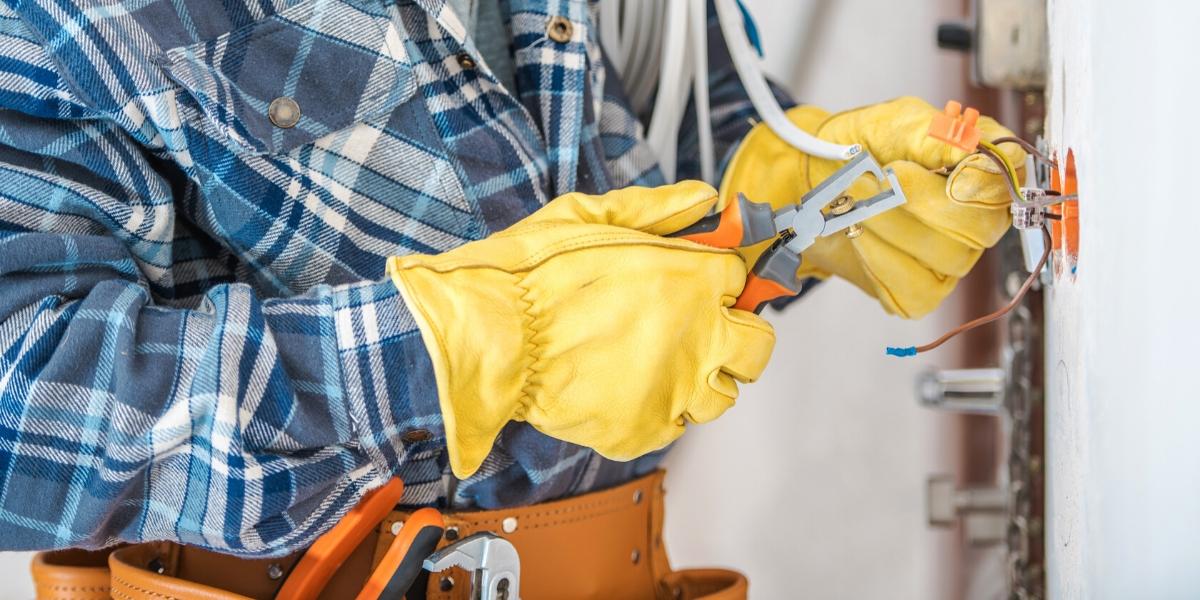
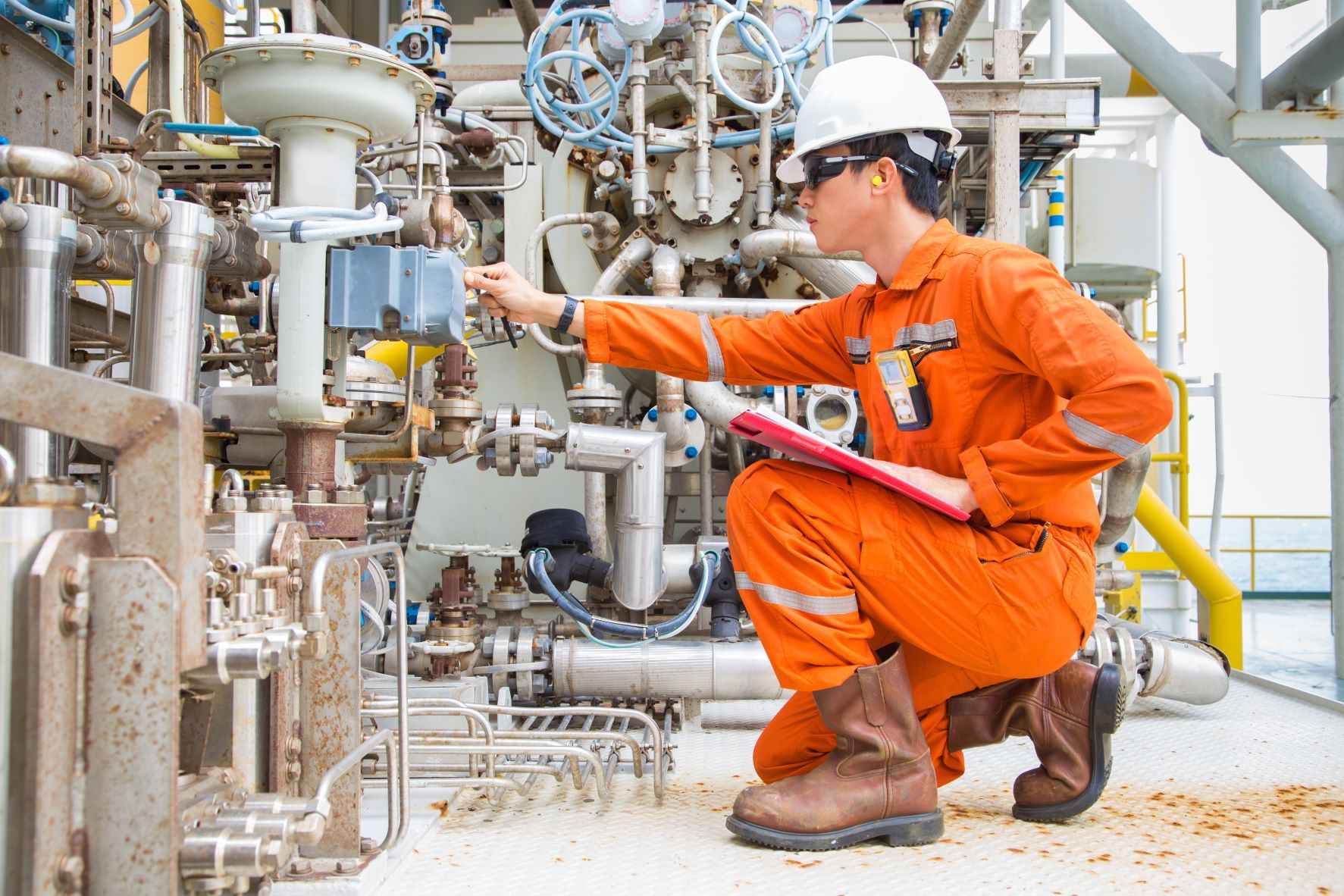
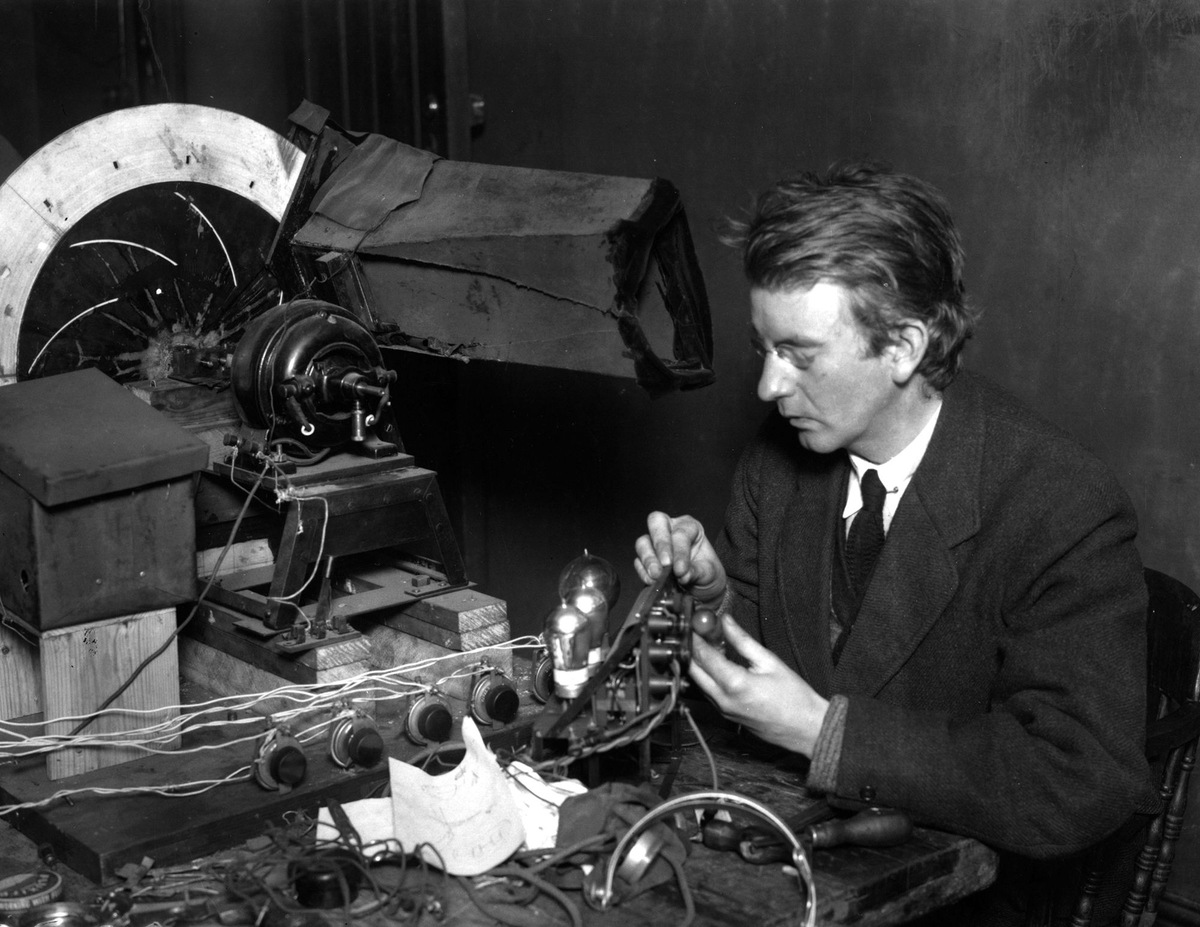
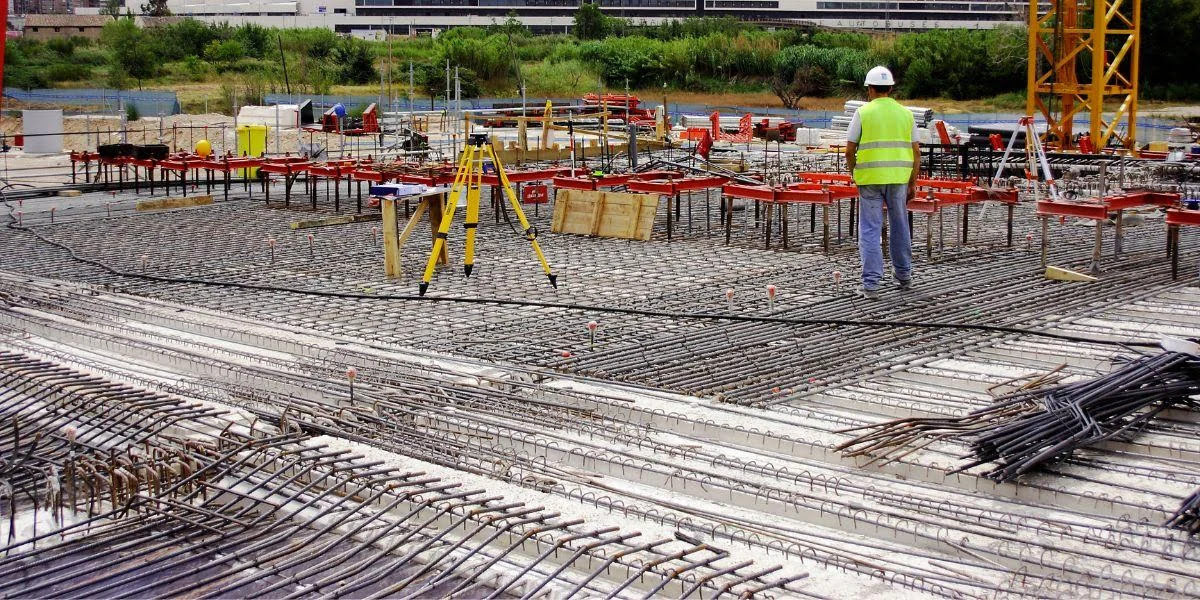
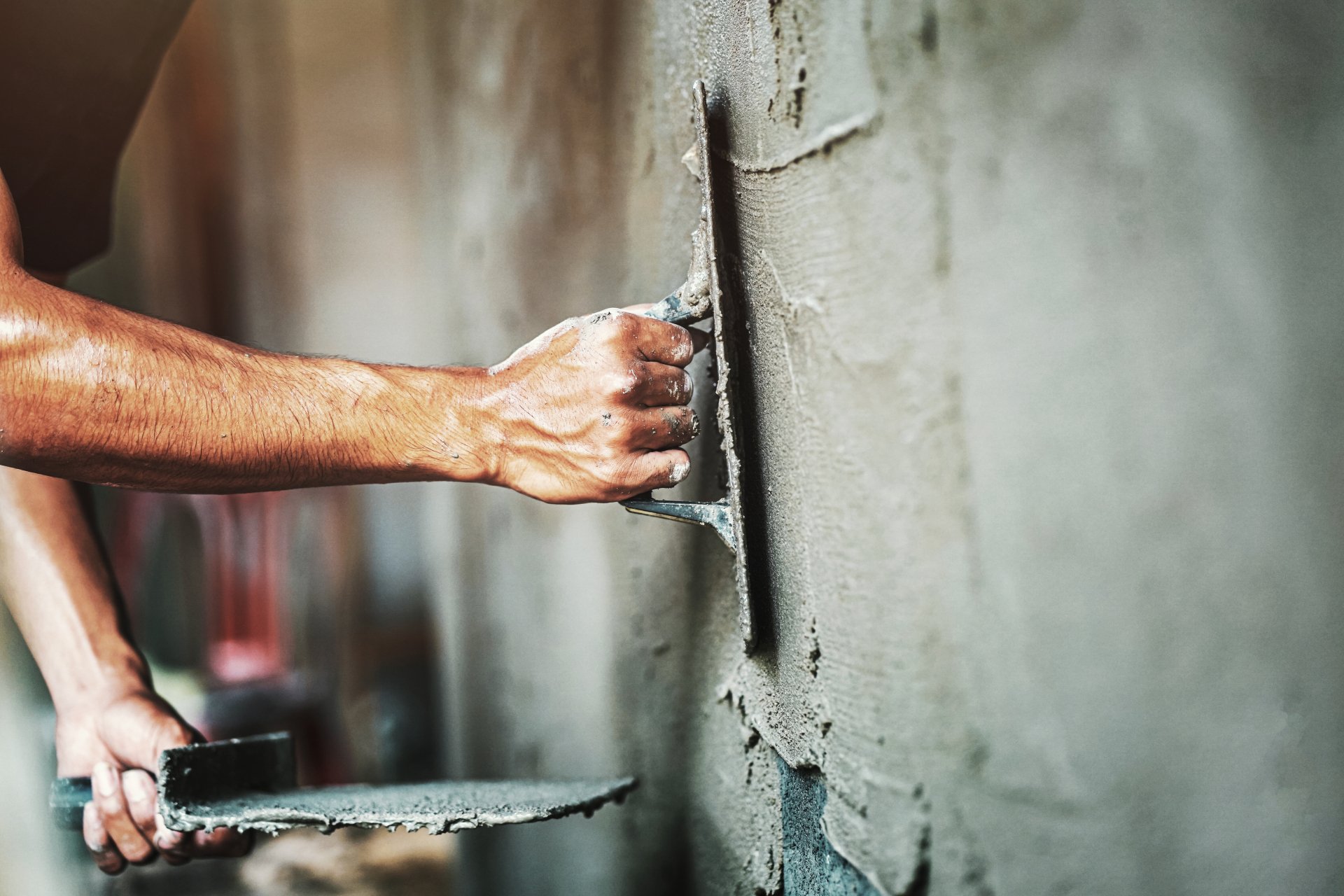
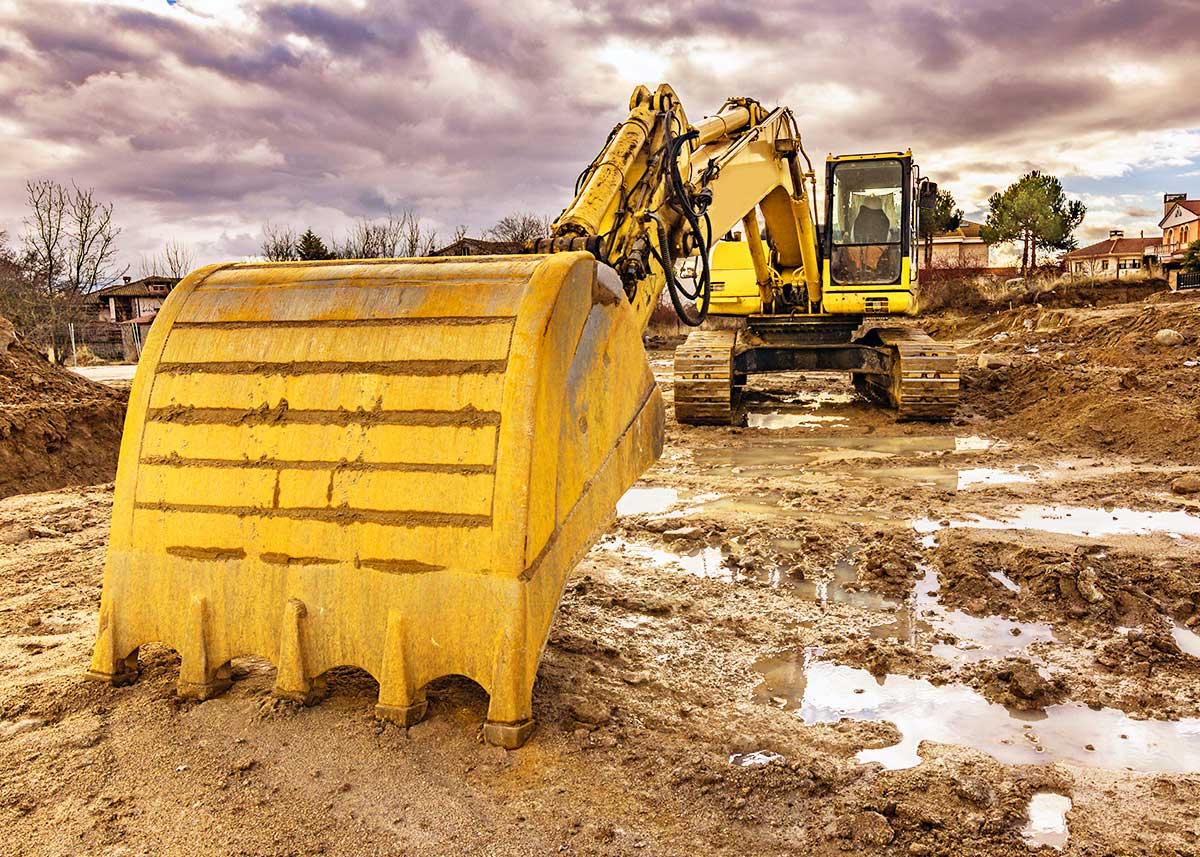
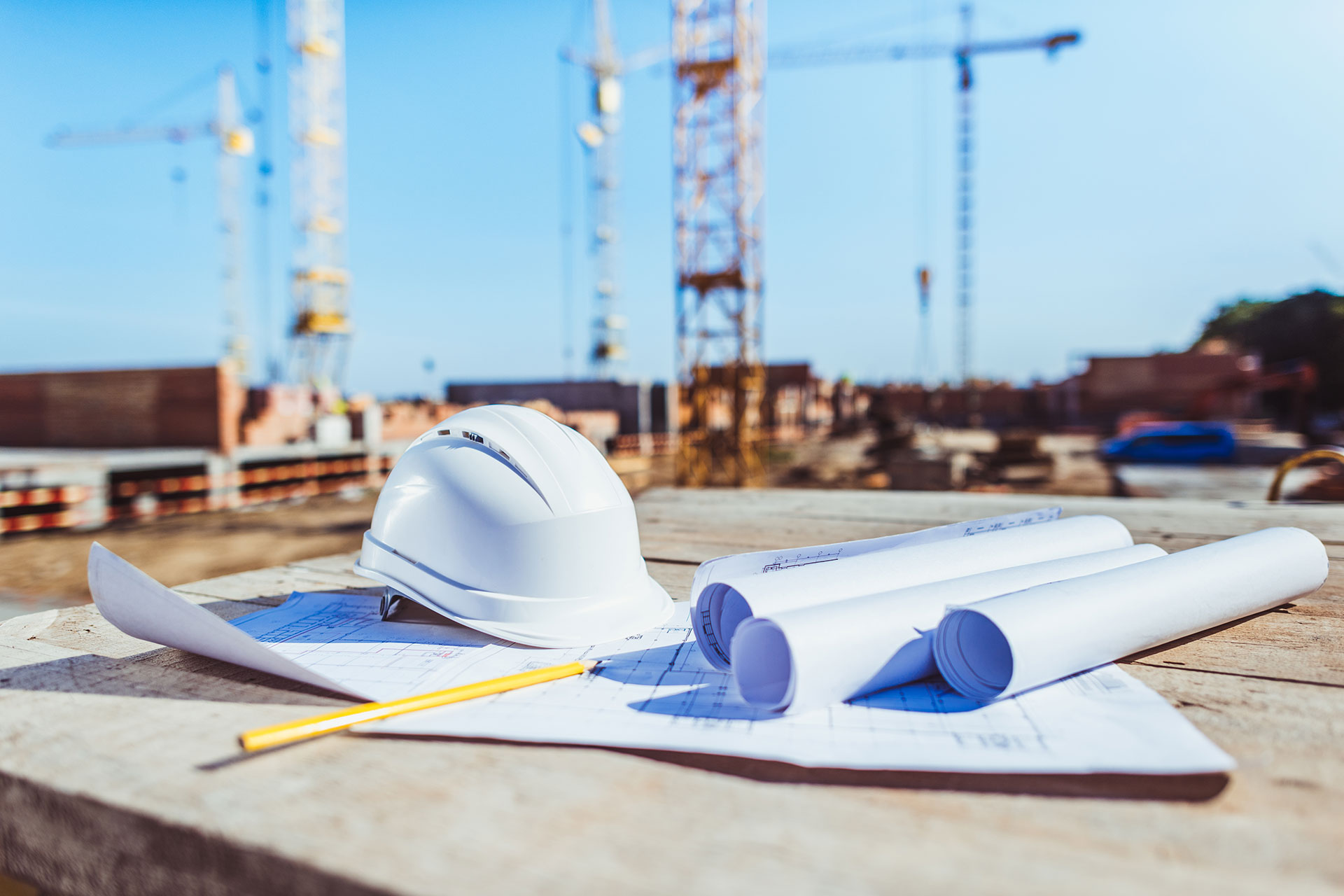
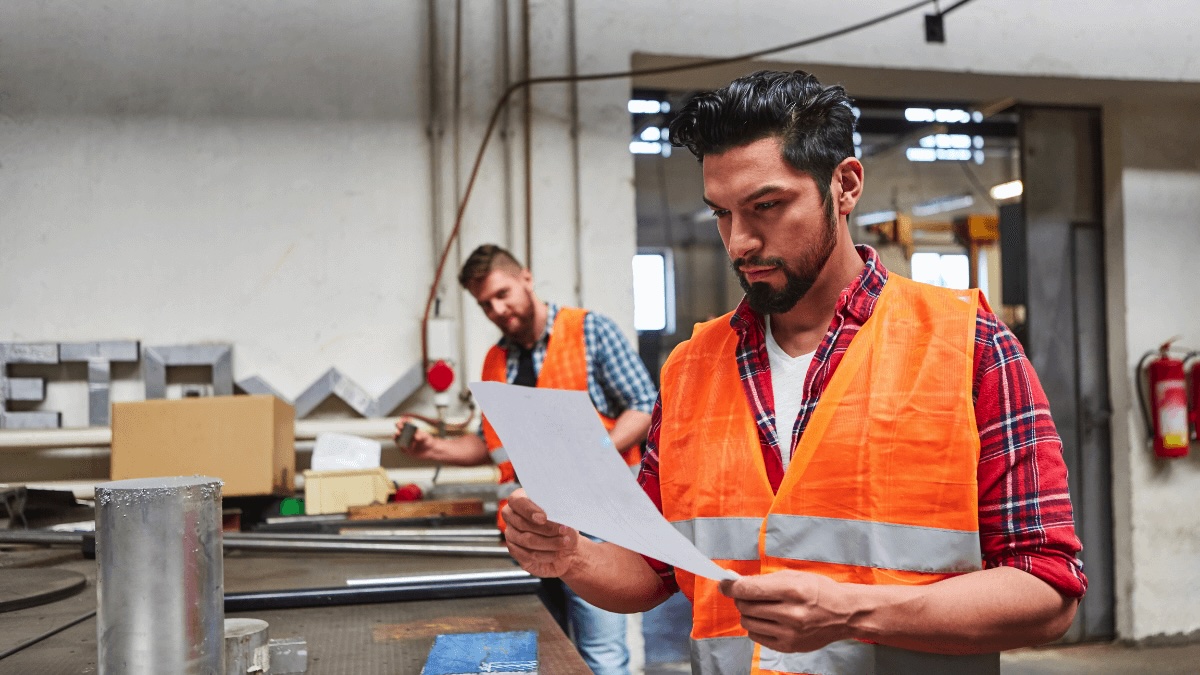
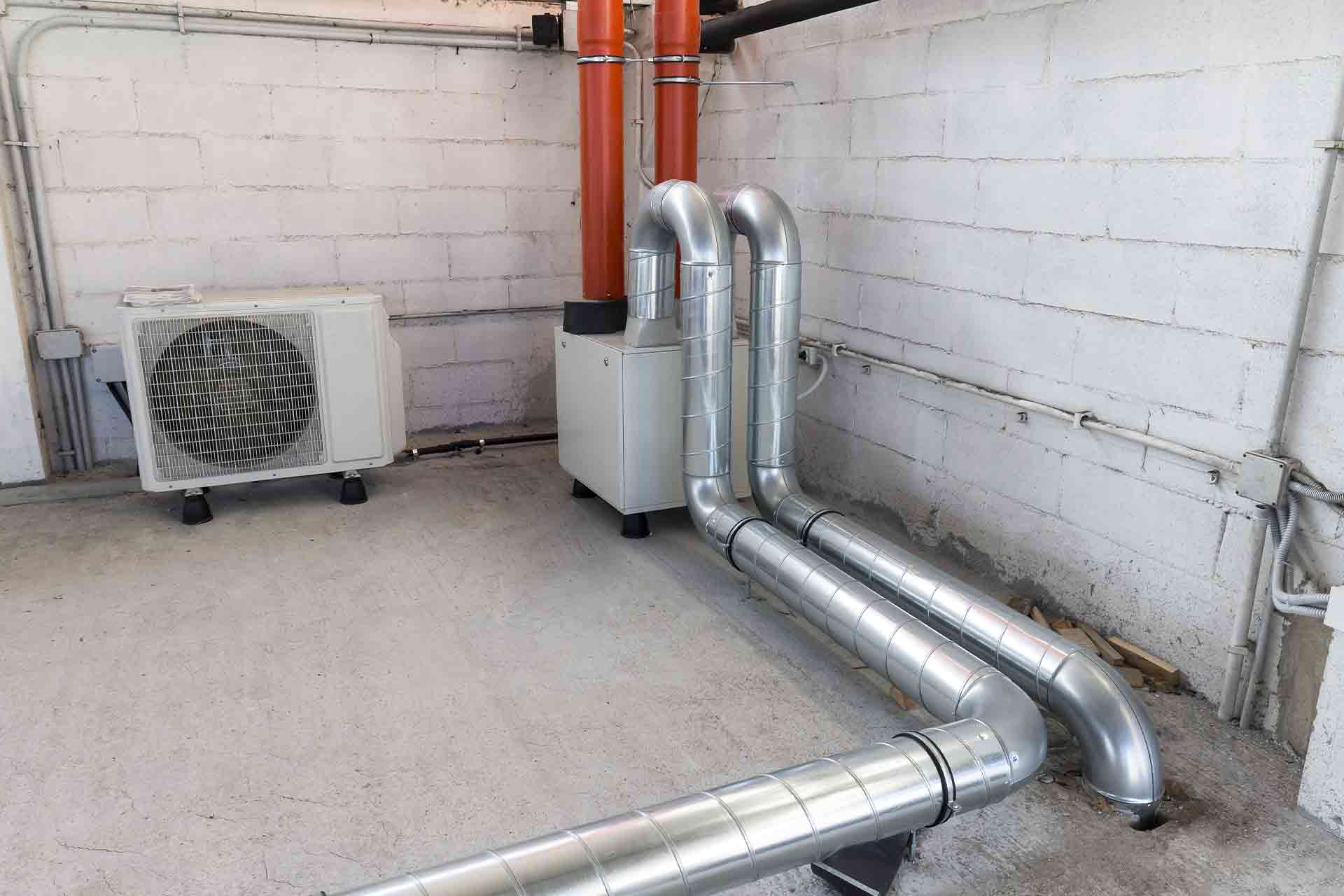
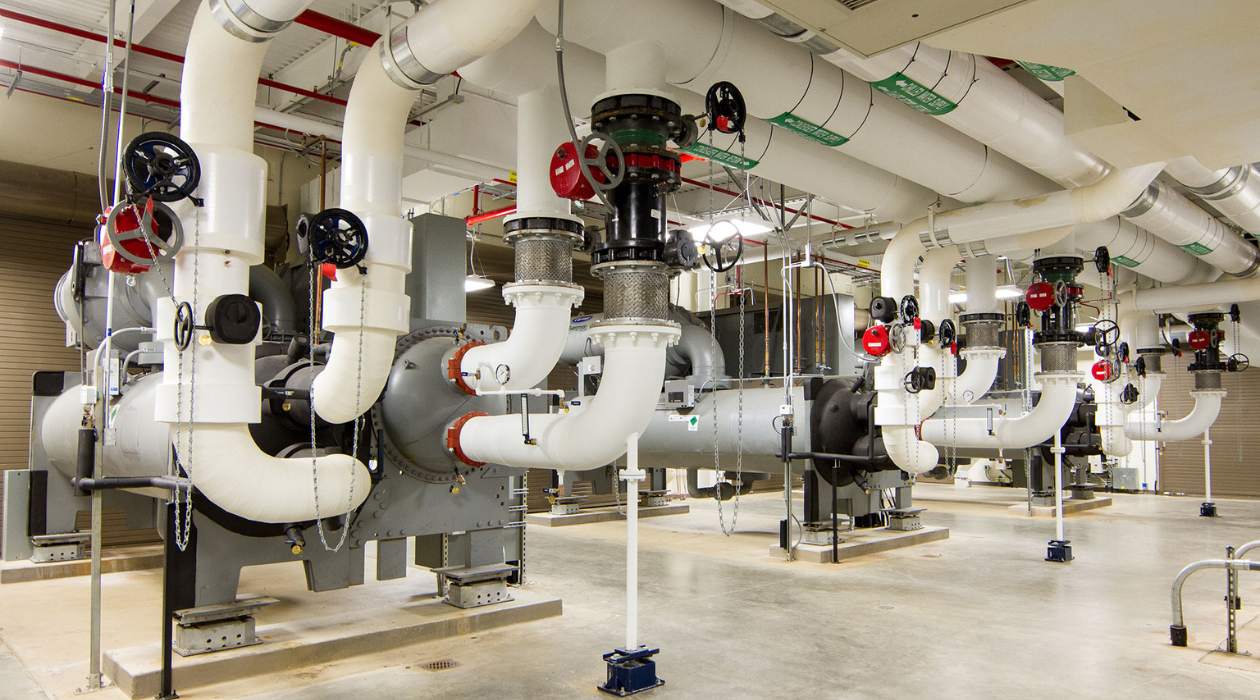
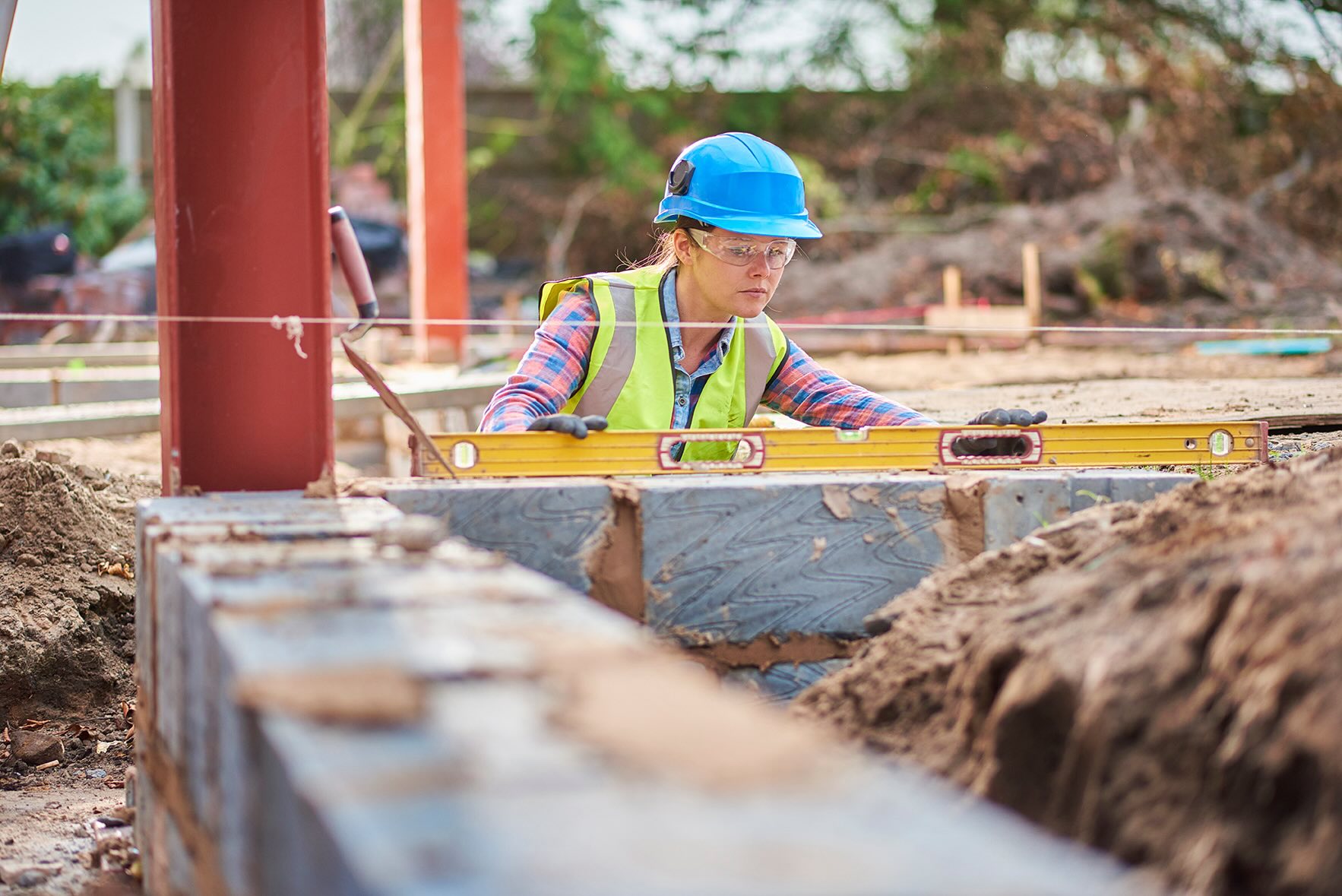

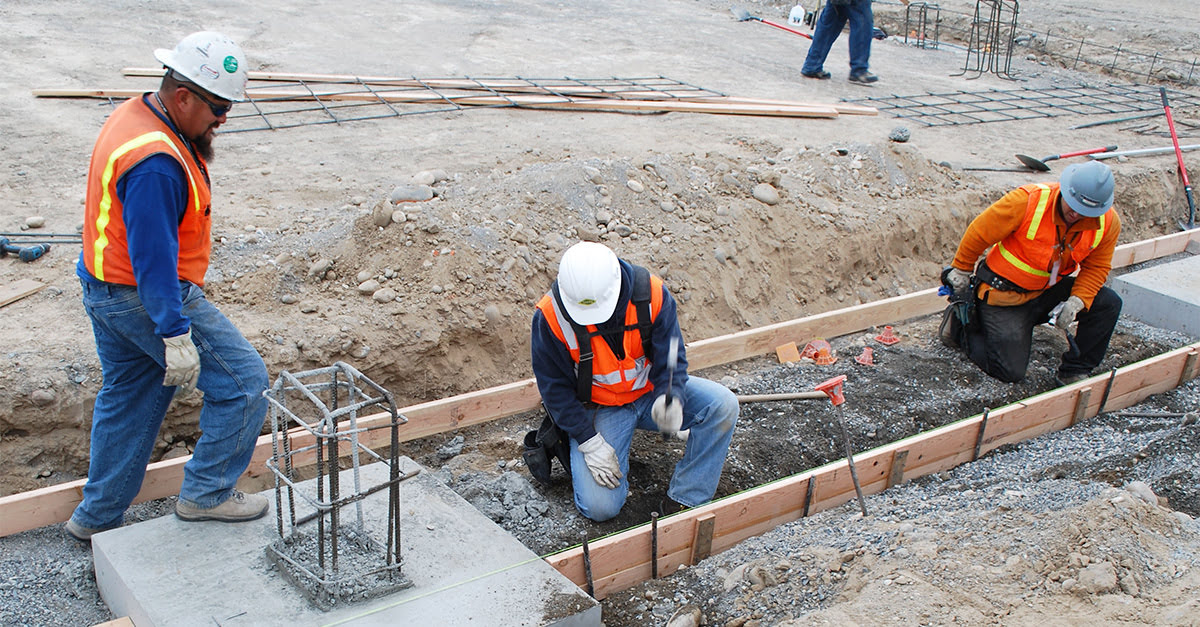

0 thoughts on “What Is Mechanical Work In Construction”